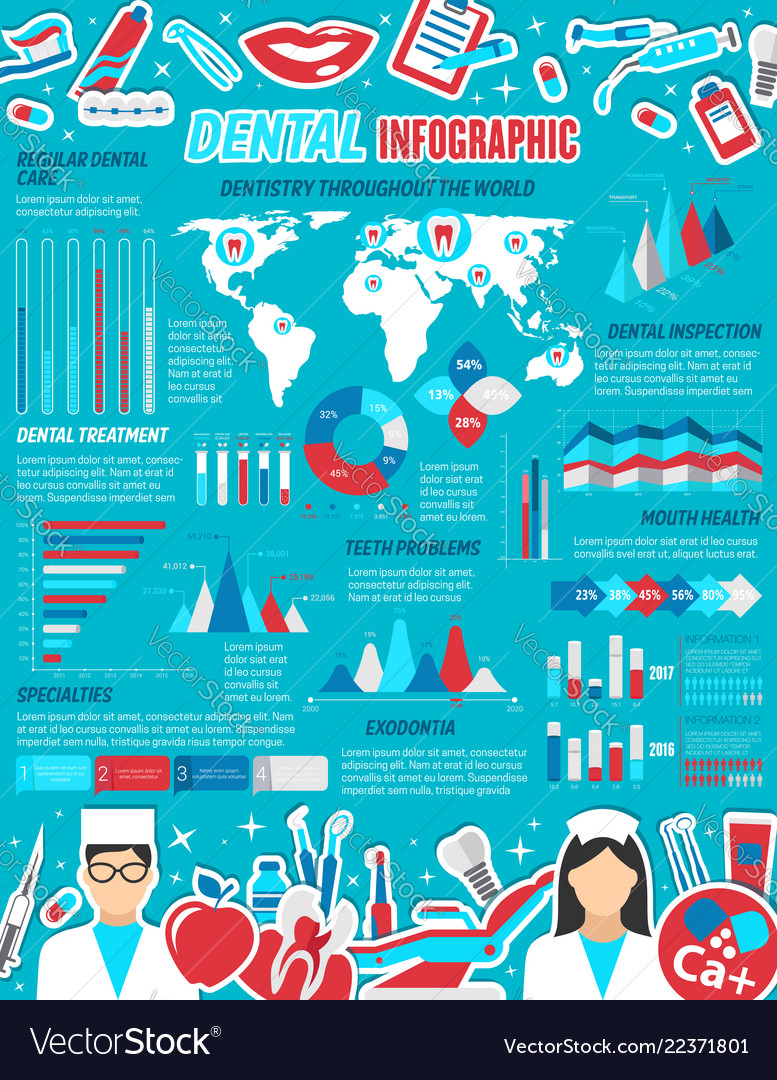The Innovation Of Oral Surgery: Introducing Technologies And Proceeds Defining The Area
The Innovation Of Oral Surgery: Introducing Technologies And Proceeds Defining The Area
Blog Article
Write-Up Created By-Petersson Schultz
Welcome to the world of dental surgery, where innovations and advancements are forming the future of the field! In this exciting realm, you'll witness the transformative power of robotics, the cutting-edge marvel of 3D printing, and the game-changing influence of minimally intrusive techniques.
The future of oral surgery holds a guarantee of accuracy, performance, and enhanced individual results. With the help of advanced robotics, cosmetic surgeons have the ability to perform complex treatments with greater precision and control.
3D printing technology is reinventing the development of dental implants and prosthetics, using personalized services that fit perfectly right into each individual's special makeup.
In addition, minimally intrusive strategies are reducing post-operative pain and recuperation time, enabling individuals to go back to their daily lives earlier.
Get ready to explore the interesting technologies and advancements that are reshaping the landscape of oral surgery!
Improvements in Robotics
One major development in oral surgery is using robotic innovation, which permits precise and reliable surgeries. With the help of robotic systems, oral surgeons have the ability to carry out complex surgical treatments with improved precision, reducing the danger of human error.
These robot systems are geared up with advanced imaging modern technology and precise tools that make it possible for doctors to navigate through intricate anatomical structures with ease. By utilizing robotic technology, cosmetic surgeons can accomplish better surgical precision, resulting in boosted person outcomes and faster healing times.
Additionally, using robotics in oral surgery enables minimally intrusive treatments, decreasing the trauma to bordering cells and advertising faster healing.
3D Printing in Dental Surgery
To boost the field of dental surgery, you can explore the subtopic of 3D printing in oral surgery. This cutting-edge modern technology has the potential to change the means oral surgeons operate and deal with people. Here are 4 vital methods which 3D printing is forming the area:
- ** Customized Surgical Guides **: 3D printing allows for the production of highly accurate and patient-specific medical guides, boosting the precision and efficiency of treatments.
- ** Implant Prosthetics **: With 3D printing, dental surgeons can develop tailored implant prosthetics that completely fit a client's special composition, leading to much better results and patient complete satisfaction.
- ** Bone Grafting **: 3D printing allows https://www.dentistrytoday.com/to-splint-or-not-to-splint/ manufacturing of patient-specific bone grafts, reducing the need for typical implanting strategies and enhancing healing and healing time.
- ** Education and Educating **: 3D printing can be utilized to produce reasonable medical versions for educational purposes, enabling oral specialists to practice complicated procedures before executing them on people.
With visit the next post to improve accuracy, customization, and training, 3D printing is an exciting development in the field of dental surgery.
Minimally Invasive Methods
To further advance the area of oral surgery, welcome the potential of minimally intrusive strategies that can substantially benefit both specialists and individuals alike.
Minimally invasive techniques are revolutionizing the area by reducing medical injury, reducing post-operative pain, and accelerating the healing procedure. These methods involve using smaller sized incisions and specialized instruments to do treatments with precision and efficiency.
By using sophisticated imaging innovation, such as cone light beam computed tomography (CBCT), surgeons can accurately plan and carry out surgical procedures with minimal invasiveness.
In addition, the use of lasers in oral surgery enables exact cells cutting and coagulation, causing decreased bleeding and reduced recovery time.
With minimally invasive strategies, patients can experience quicker healing, reduced scarring, and boosted outcomes, making it a crucial aspect of the future of oral surgery.
Verdict
So, as you can see, the future of oral surgery is incredibly appealing, with amazing developments and advancements shaping the field.
From the developments in robotics to the use of 3D printing and minimally invasive methods, oral specialists are transforming the means they give care.
While some may worry about the prospective price associated with these innovations, it is very important to bear in mind that these innovations eventually boost individual end results and minimize recovery time, making them well worth the financial investment over time.
